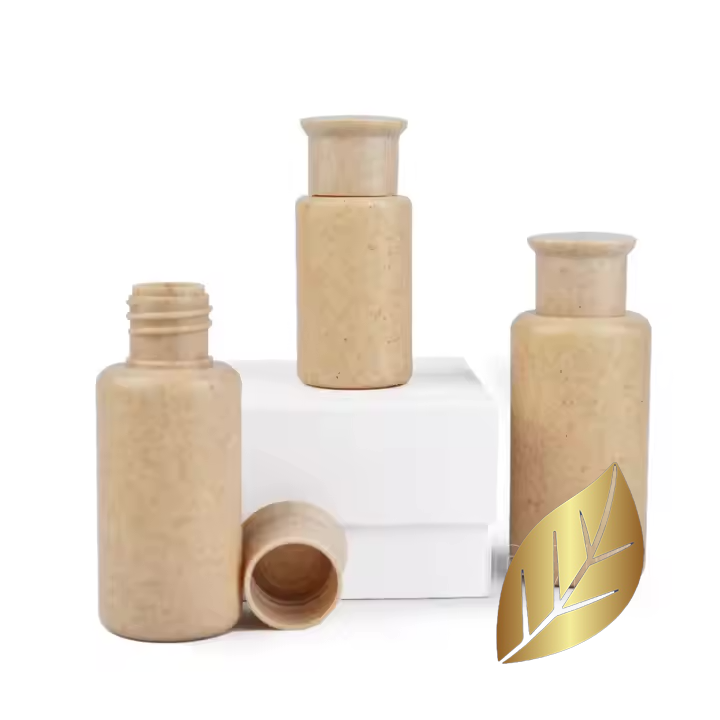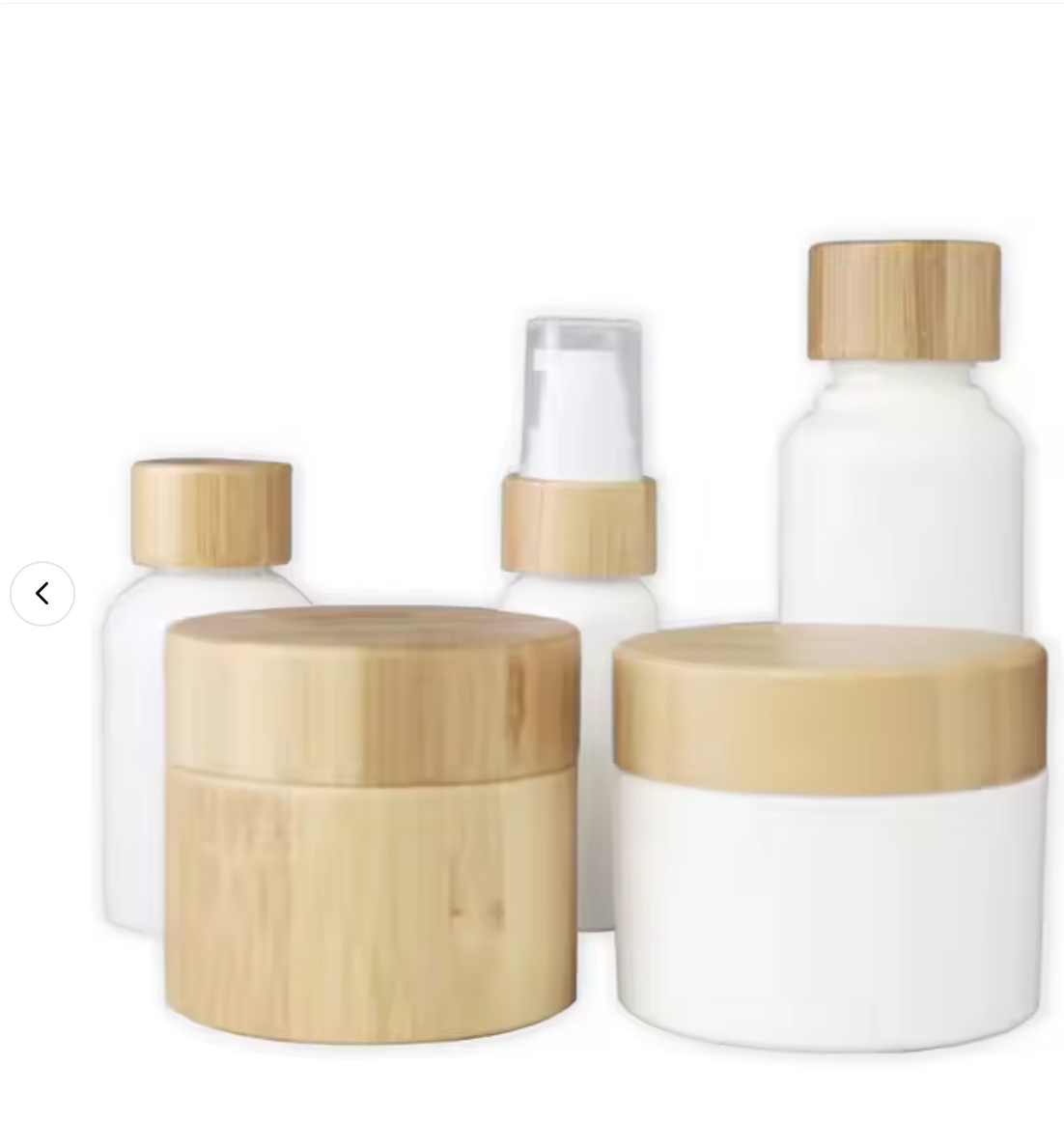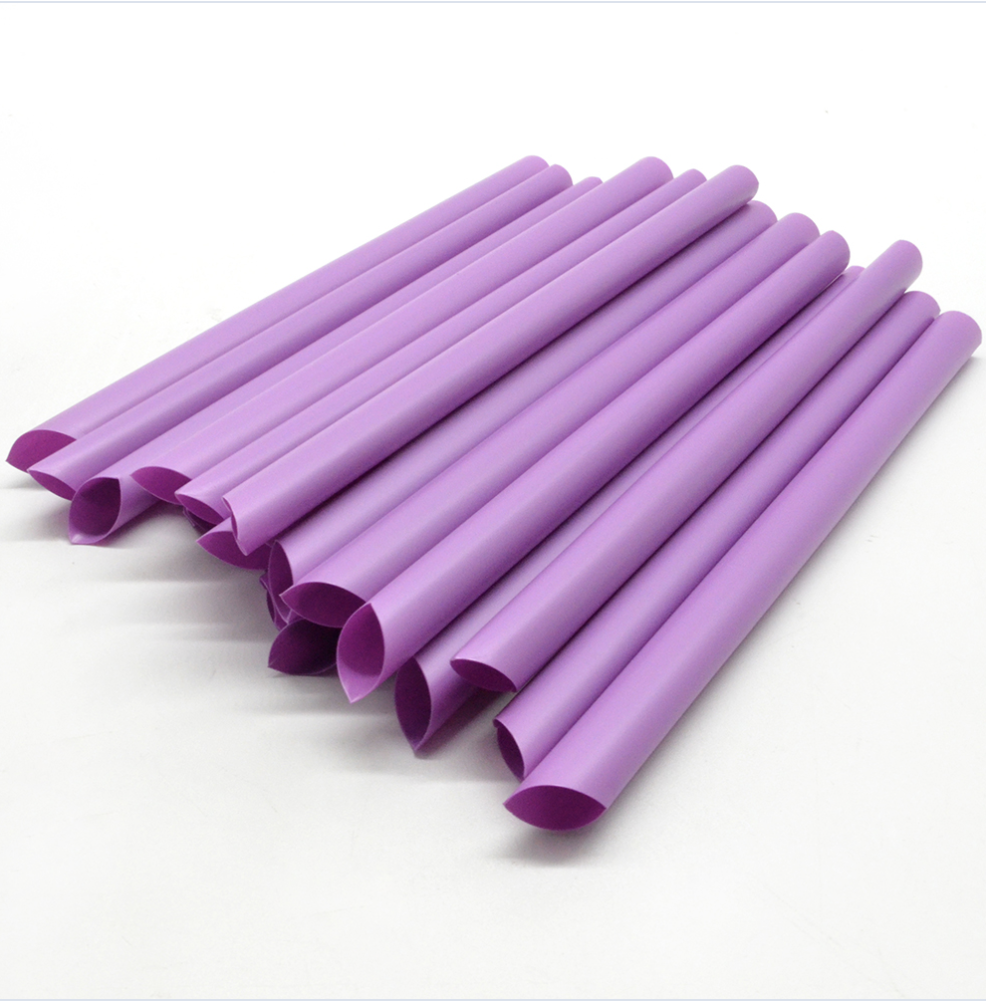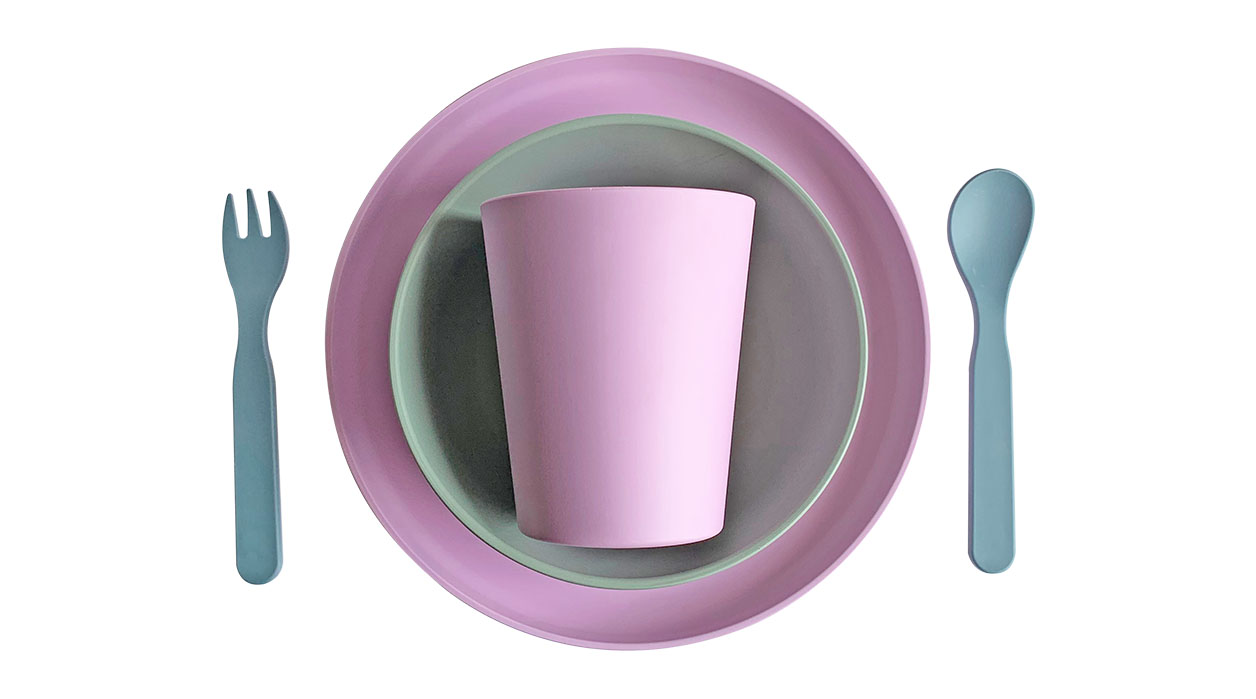We are focused on the future
Eco-friendly products
PLASDA
PLASDA Inc., Iceland, is a plant based focused manufacturing & research company established to innovate, design, develop & manufacture differentiated bio-plastic, biodegradable & compostable products.
We encourage companies that produce plastic to reformulate and convert to biodegradable materials for their products and help them convert to bio-based materials.
Our goal
With scientists and multi-disciplinary experts, working on life changing, sustainable & environmentally friendly solutions, the core lies in incessant Research & Development, followed by creating high quality products to add value to the planet. Our goal is to reduce microplastic pollution in the world.
PLASDA offers solution for a new packaging option that is eco-friendly, allowing industries to create products that are both safe for the environment and sustainable in the long term.
Our goal is reduce microplastics pollution in the world
Definition
Biodegradable materials are those that can be broken down into simpler substances by microorganisms over time. This process typically results in the material being absorbed back into the environment without leaving harmful residues. However, it can be highly dependent on the environment in which the polymers are disposed of, with different results for the same polymer.
Biodegradable also means “'to break down”, but it must decompose into natural elements like carbon dioxide and water vapour, with the help of organisms like bacteria and fungi. The timeframe for biodegradable plastic to break down is between three to six months, far quicker than regular degradable plastics.
Advantages of Using Biodegradable Materials
- Less Waste Accumulation. Using biodegradable materials means that your products will create less waste in landfills. ...
- Lower Environmental Impact. ...
- More Sustainable Practices. ...
- Lower Waste Disposal Cost. ...
- Meet Consumer Demands. ...
- Compliance with Regulatory Bodies.
Non-biodegradable materials break down after thousands of years. Plastic bags take 10 to 1,000 years, plastic bottles 450 years, and Styrofoam 500 years to decompose. Glass bottles, an example of non-biodegradable waste, can remain for a million years.
- Biodegradable products offer numerous environmental benefits by decomposing naturally and preventing accumulation in landfills
- Switching to biodegradable alternatives is an effective way to reduce plastic pollution and promote eco-friendliness
- Biodegradable plastics are derived from renewable raw materials, helping to lessen dependency on fossil fuels
- Using biodegradable materials in everyday life demonstrates a commitment to sustainability and environmental stewardship
- Biodegradable products have wide-reaching applications in various industries, including packaging, healthcare, and technology
Microlastic pollution
Millions of animals are killed by plastics every year, from birds to fish to other marine organisms. Nearly 2,100 species, including endangered ones, are known to have been affected by plastics. Nearly every species of seabird eats plastics.
In many cases, these tiny bits pass through the digestive system and are expelled without consequence. But plastics have also been found to block digestive tracts or pierce organs, causing death. Stomachs packed with plastics reduce the urge to eat, causing starvation.
Microplastics
Microplastics come from a variety of sources, including from larger plastic debris that degrades into smaller and smaller pieces. In addition, microbeads, a type of microplastic, are very tiny pieces of manufactured polyethylene plastic that are added as exfoliants to health and beauty products, such as some cleansers and toothpastes. These tiny particles easily pass through water filtration systems and end up in the ocean and Great Lakes, posing a potential threat to aquatic life.
Read more here
Biodegradable products


Corn starch transparent water bottles

How long does it take for biodegradable materials to degrade?
All materials will eventually decompose if enough time is allowed to pass. In other words, a material will eventually biodegrade sooner or later, even if it is a conventional plastic derived from petroleum.
The decomposition period varies greatly. For instance, biodegradable materials such as organic waste can take weeks or even days to decompose but other materials such as plastic can take hundreds or even thousands of years.
Moreover, this time can vary depending on the conditions in which the material is found: humidity, temperature, etc.

Time to Decompose
The time it takes for a biodegradable material to decompose can vary, depending on factors like environmental conditions (temperature, moisture, and presence of decomposers). It could take weeks, months, or even a few years.
In nature biodegradable products decompose by microorganism, fungi, and bacteria. Decomposition is process in which organic substances are broken down into simple material or useful material. Decomposition takes place in many natural or artificial substances.

Biodegradable bottles

Examples of biodegradable materials
-
- Food scraps (fruits, vegetables)
- Paper (newspapers, cardboard)
- Wood (natural, untreated wood)
- Certain bioplastics (like PLA or PHA)
- Leaves and plant matter
Environmental Impact
When biodegradable materials break down, they typically do so in a way that doesn’t harm the environment. In some cases, they can even enrich the soil (e.g., composting). However, certain biodegradable materials, especially in large quantities (like bioplastics), may still require specific conditions (like industrial composting facilities) to break down effectively.

Plant-based products




Rice straws and tableware









BAGS






Bottles







Cosmetics







Summary
Biodegradable materials break down naturally and pose less risk to the environment, though the breakdown process can depend on the conditions and may require specific environments like composting systems.
Non-biodegradable materials remain in the environment for a long time, often causing long-lasting harm to ecosystems, wildlife, and in human health.

Production Process
The production of bioplastics generally involves the following steps:
-
- Feedstock Cultivation: The production of bioplastics prioritizes the use of waste streams and by-products from agricultural processes to minimize the impact on food resources. Plant biomass, such as agricultural residues, non-food crops, and other waste materials, are preferred sources. These materials provide starch, cellulose, hemicellulose, lignin, polyphenols, and triglycerides. For example, some bioplastics like PLA can be derived from agricultural waste products rather than crops grown specifically for human consumption.
- Extraction and Processing: The plant material is processed to extract sugars, starches, or other components, which are then fermented or chemically altered to create the precursors for the polymeric material.
- Polymerization: Through various chemical processes the extracted materials are transformed into bioplastics. For the case of PLA, this can be done by polycondensation or ring-opening polymerization.
- Shaping and Molding: Like conventional plastics, bioplastics can be molded into various shapes such as films, containers, fibers, and sheets.


